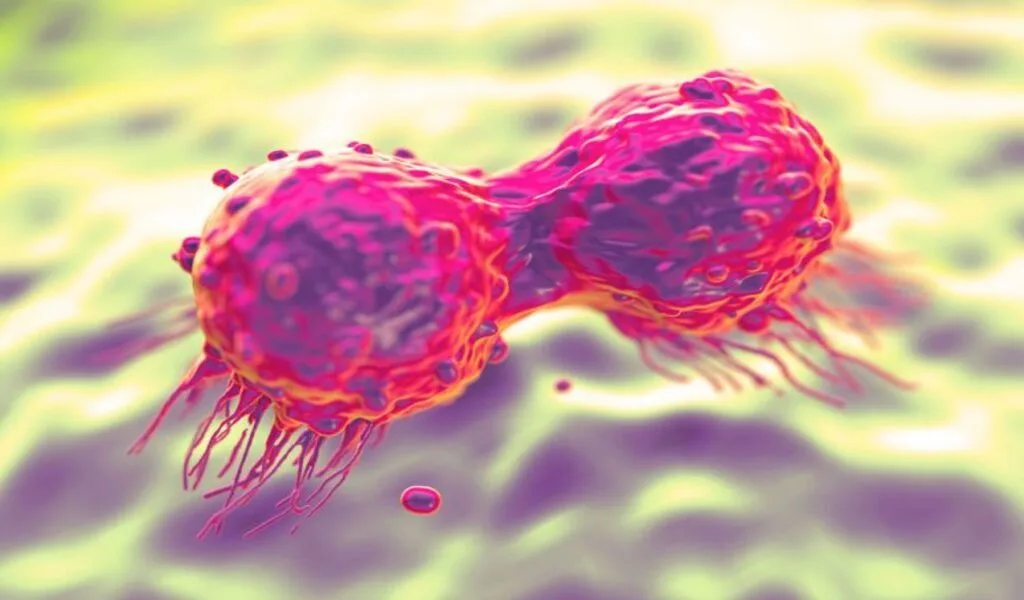(CTN News) – Cleveland Clinic researchers have developed a therapeutic peptide to disrupt Breast Cancer cell growth. As of now, there are no approved treatments for triple-negative breast cancer, so these findings offer a novel strategy for developing targeted treatments.
People with triple-negative breast cancer have so few treatment options, said Dr Reizes, Laura J Fogarty Endowed Chair for Uterine Cancer Research. Our goal is to provide hope to these patients and their families with our results and start the process of developing new treatments.”
Disulfide bonds are often used to stabilize peptide chains, which are linear amino acid chains of 50 amino acids. In peptide synthesis, rational methods are used to design peptides that bind and modulate proteins of interest.1 Some peptides are used to supplement existing proteins in the body, such as insulin in diabetics.
This type of drug for triple-negative breast cancer will be based on a peptide discovered by the Cleveland Clinic in 2018.
Triple-negative breast cancer (ER-negative, PR-negative, HER2/neu not overexpressed) has distinct clinical and pathologic characteristics. Additionally, chemotherapy remains the mainstay of treatment, resulting in a poor prognosis. Some drugs designed for other breast cancer subtypes won’t work on this cancer because it doesn’t contain certain receptors.
Researchers from Dr Reizes’ and Dr Lathia’s teams discovered that a protein called connexin (Cx26) forms a molecular complex in triple-negative breast cancer cells that increases their chance of recurring or spreading.
Breast cancer patients with Cx26 expression have large tumor sizes, high histological grades, and poor prognoses. So the researchers tried to find a way to disrupt this complex so the cells wouldn’t be as cancerous.
A peptide therapeutic was developed by Erin Mulkearns-Hubert and Emily Esakov Rhoades. The sequence of the peptide is the same as the component of Cx26 required for molecular complex formation. According to Mulkearns-Hubert, the goal was to saturate the system with peptide and interfere with full-length proteins’ binding.
Preclinical studies showed that the peptide slows tumour growth, and its design was straightforward. It will be crucial to develop and verify strategies like this peptide’s design for treating triple-negative breast cancer.”
Moreover, the drug prevented in vitro cancer stem cells from self-renewing, a characteristic of aggressive cancer cells that contributes to treatment resistance. At the moment, they are exploring the potential of the drug for clinical trials.
SEE ALSO:
Microbial Contamination of Robitussin Cough Medicine Causes Recall






